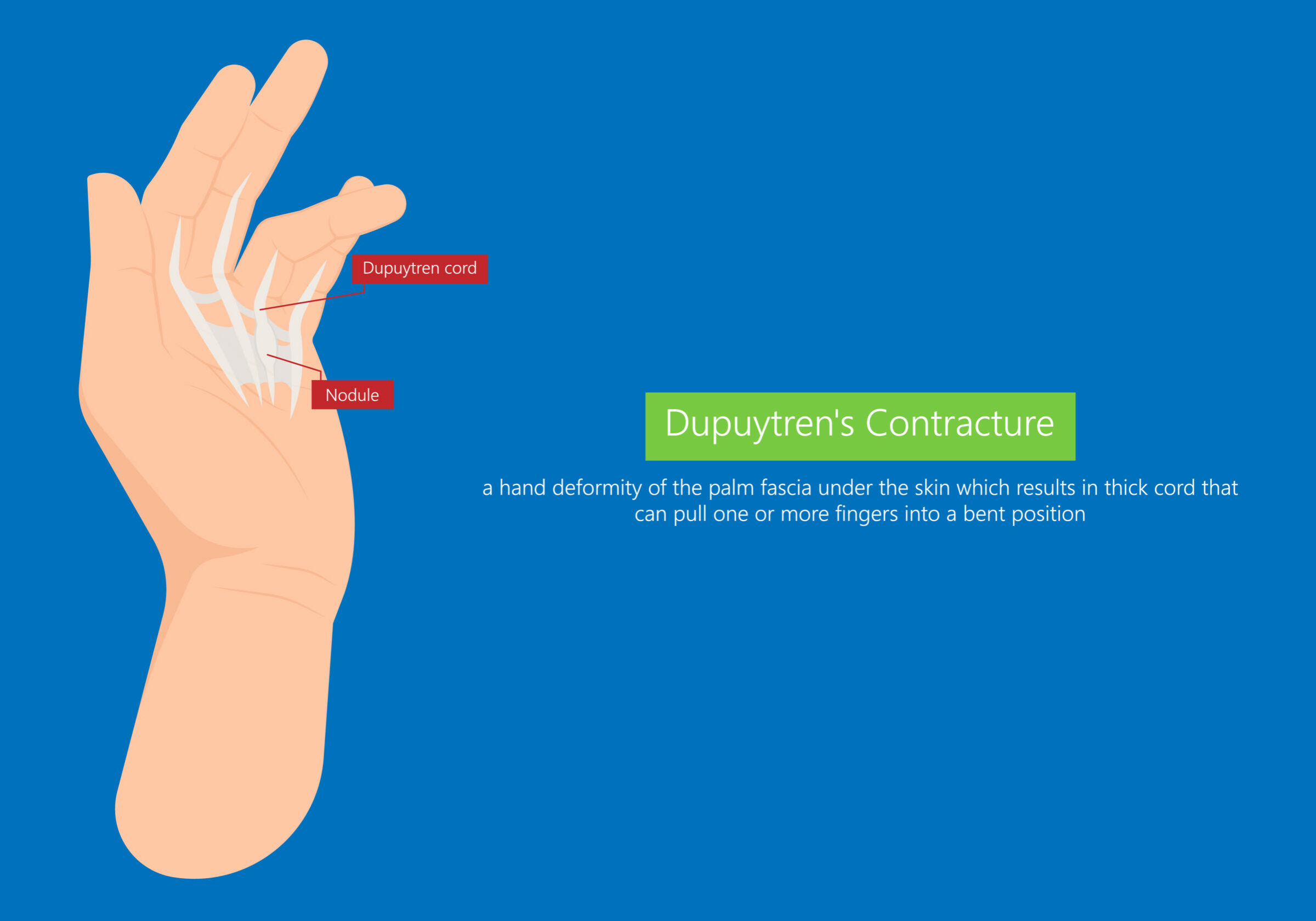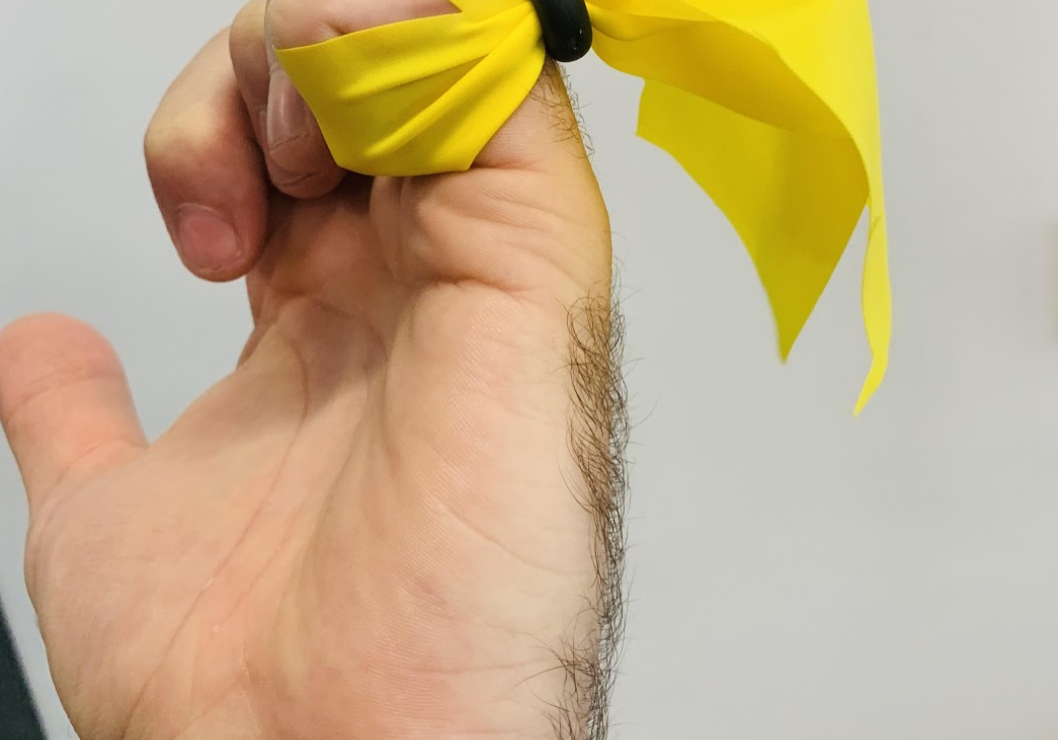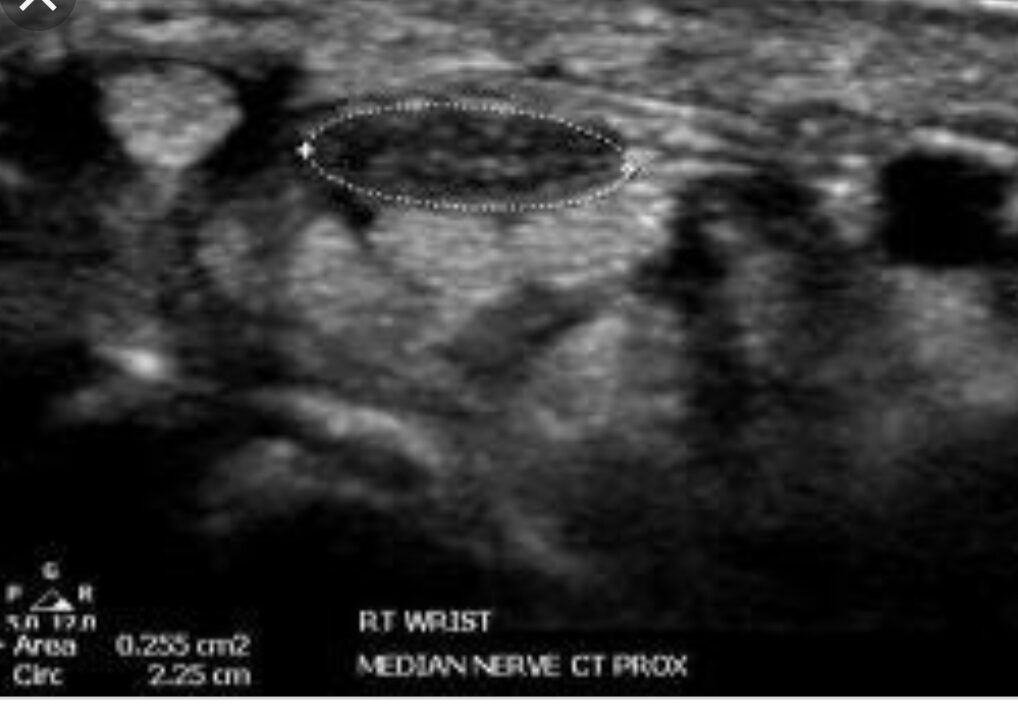Prevention and Management of Upper Extremity injuries in Modern Mass Production
Filed under Reviews
Injuries and Upper Extremty
Pitts, G., Custer, M., Foister, R. D., & Uhl, T. (2021). The hand therapist’s role in the prevention
and management of upper extremity injuries in the modern mass production industrial setting.
Journal of Hand Therapy, 34(2), 237–249. https://doi.org/10.1016/j.jht.2021.04.019
By: Kaylen Kallander
The Skinny: This study included four case studies to determine the impact of hand therapy for
workers in the modern mass production industrial setting. The purpose was to analyze the effect
and variety of several services that hand therapists can provide on site to promote an expedited
return to work for employees who sustained work site injuries.
In the Weeds: Four case studies were chosen to study the effect of on site hand therapist
involvement in modern mass industries in managing upper extremity injuries. The first was a 21 year old with congenital macrodactyly at the left long finger, ulnar nerve intrinsic wasting, and median nerve compression with thenar atrophy. This was followed by a 38 year old with lateral epicondylosis, a 47 year old with carpal tunnel syndrome, and a 39 year old with a TFCC injury. The hand therapist’s job
was to analyze the worker and their job site an average of 12 weeks to determine the best
solutions for the specific worker using the QuickDASH to measure change in patient function
and disability. Interventions included a hierarchical of functional return level system, post-
surgical management, work conditioning programs, functional capacity evaluations, job analysis,
OSHA first aid to detect medical need early on, ergonomic adjustments, and post-offer employee testing for new hires. The most commonly used interventions for the second to fourth
case studies were orthotics, the hierarchical of functional return level system, and ergonomic or
medical recommendations.
Hierarchical of Functional Return Level System
Level 1: Inflammation Management, Soft Tissue Massage, Orthotics, Neuromuscular Reeducation
Restoring balance, no load
Level 2: Pain Free Strengthening, Isometric –> Isotonic –> Eccentric, 80% Strength required before upgrading to Level III
Level 3: Begin work related functional tasks with risk factors, Overhead activity, lifting above shoulder level, pronation, supination, and radial and ulnar deviation.

Bringing It Home: For the first case study, the worker’s gross motor skills were significantly
greater than their fine motor skills. With this knowledge, the therapist provided the employer
with this information, resulting in the worker being matched to a job opening emphasizing gross
motor movement rather than fine detailed work. For the second case study with lateral
epicondylosis, the QuickDASH score was improved by 26.2% over the span of 12 weeks with
the use of an orthotic, hierarchical of functional return level system, and an ergonomic
recommendation for his employer to purchase a hydraulic lift for further prevention of elbow injuries. The third worker with carpal tunnel syndrome did not have a change in their
QuickDASH score, however, their AROM resulted in 90%, normal sensation to median nerve,
and 80% strength compared to nonaffected side. This was achieved with an orthotic, hierarchical
of functional return level system, and recommendations for neurological testing. Lastly, the
TFCC injured worker was referred for surgery by the doctor. The therapist worked on the
hierarchical of functional return level system, ergonomics, and OSHA first aid program, resulting
in a 51.5% QuickDASH score improvement, 90% AROM, and 80% strength.
The researchers found in each case study that communication with employers was the most
important for helping employees return to work safely and prevent upper extremity injuries at a functional level. Due to the ever growing technology, future therapist roles would include evaluating fit and function of exoskeletons and using biomarker technology to track vitals and physical stress load,.
Rating: 3/5. This article gives a good outline of what services hand therapists can provide in
industrial production settings with standardized improvements to show effectiveness. However,
with a case study design, there is a small sample size with no control or experimental group.
2 Comments
Leave a Comment
More To Read
Collagenase injection versus Partial fasciectomy in the treatment of Dupuytren’s contracture
Rapid Review By: Shruti Jani Title: Collagenase injection versus partial fasciectomy in the treatment of Dupuytren’s contracture Reference: Tay, T. K. W., Tien, H., & Lim, E. Y. L. (2015). Comparison between Collagenase Injection and Partial Fasciectomy in the Treatment of Dupuytren’s Contracture. Hand Surgery, 20(3), 386-390. https://doi-org.mwu.idm.oclc.org/10.1142/S0218810415500288 The Skinny: “Comparison between Collagenase Injection and…
Read MoreTop 6 treatments for Pinky Fractures
Clients who have experienced a fracture of the finger or hand often find it difficult to participate in meaningful occupations. Everyday tasks from grasping items, cutting food, taking lids off containers, turning keys, and many others can be very painful. Pinky fracture is particularly challenging and painful. This is typical because the largest contributor to…
Read MoreTHE SENSITIVITY AND SPECIFICITY OF ULTRASOUND FOR THE DIAGNOSIS OF CARPAL TUNNEL SYNDROME: A META-ANALYSIS
Fowler, J. R., Gaughan J. P., & Ilyas, A.M. (2011). The sensitivity and specificity of ultrasound for the diagnosis of carpal tunnel syndrome: A meta-analysis. Clinical Orthopedics and Related Research, 469(4), 1089-1094. The Skinny –The authors sought out to determine the sensitivity and specificity of ultrasound therapy for the diagnosis of carpal tunnel syndrome using…
Read MoreSign-up to Get Updates Straight to Your Inbox!
Sign up with us and we will send you regular blog posts on everything hand therapy, notices every time we upload new videos and tutorials, along with handout, protocols, and other useful information.






Brilliant information….!
Thank you!